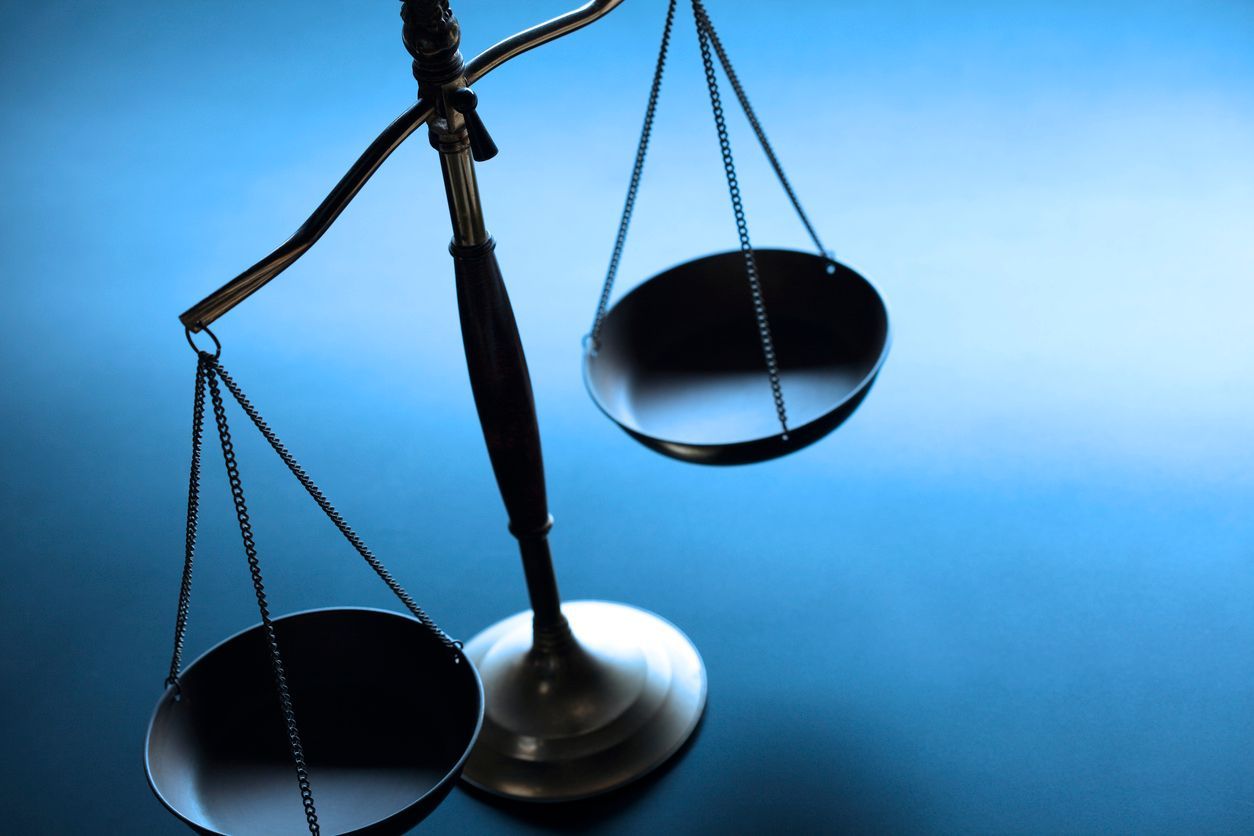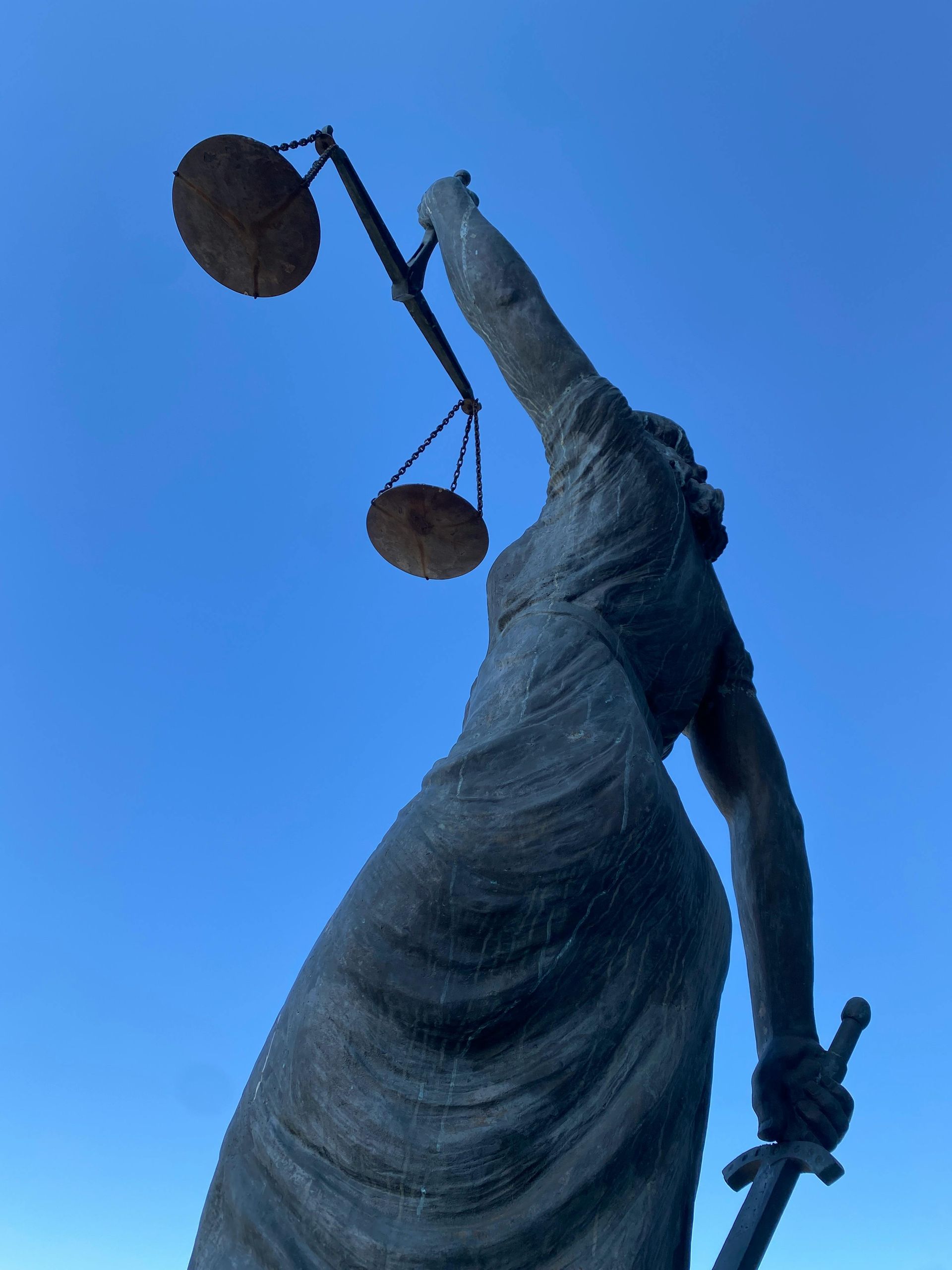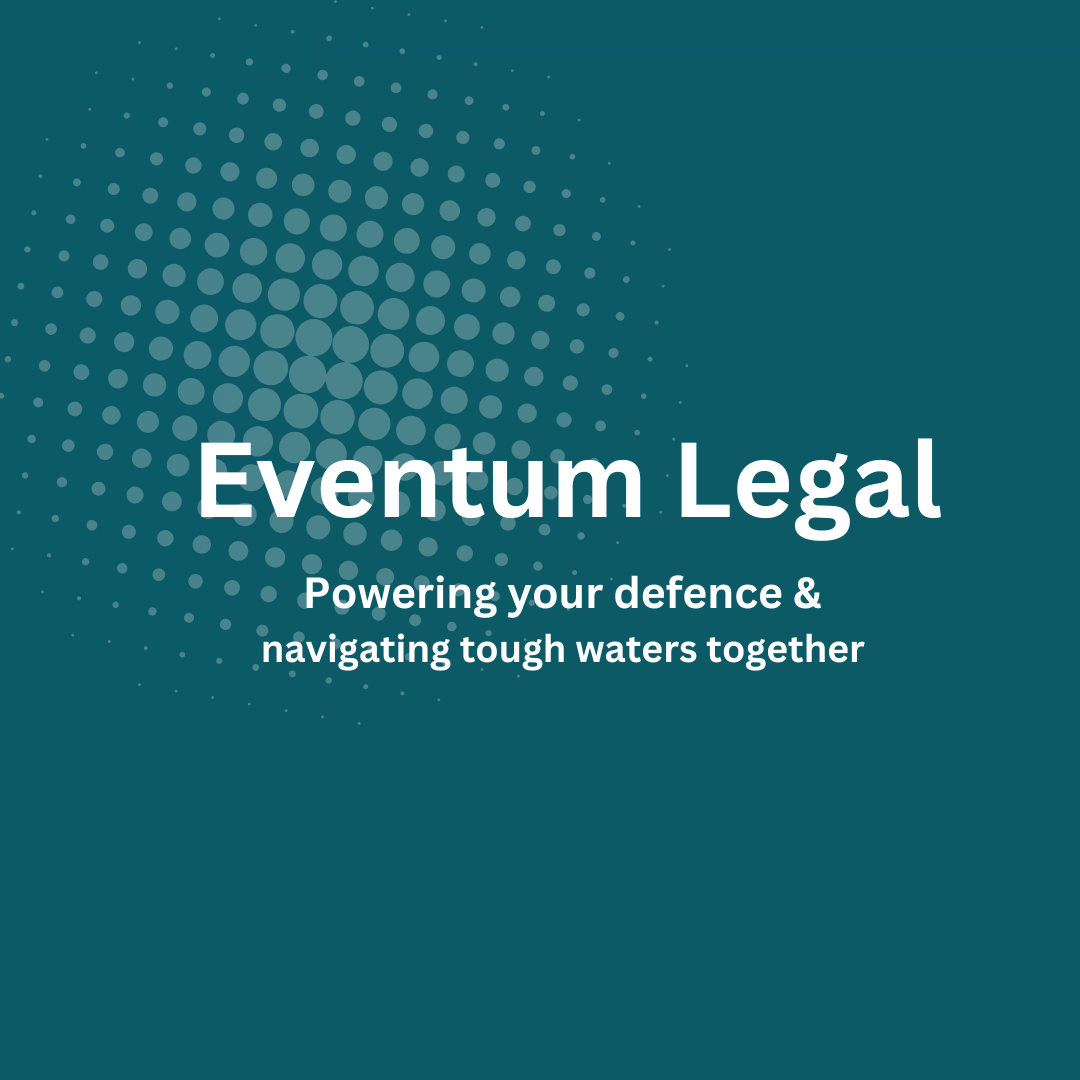Are Indecent Images Produced by AI Illegal?
Real pictures of Children Used to Create AI Sexual Abuse Images

The use of Artificial Intelligence (AI) is growing, particularly for the production of indecent images and videos of children. The Crown Prosecution Service (CPS) has recently prosecuted the first case of its kind for Greater Manchester Police, the case of Hugh Nelson, who amongst other sexual offences, stood charged with offences which involved producing indecent material using AI. It was alleged that Mr Nelson used real photographs of children to turn them into sexual images, he would sell and distribute the material online.
Whether this material is illegal can cause confusion, and understandably many will take the view that AI generated imagery is not real because the child depicted is not being harmed. However this is far from correct. It is unlawful to produce, possess, download and distribute indecent images and videos of children which have been produced by AI, or via any other software allowing for fake computer generated images.
The law has adapted to enable the prosecution of those in possession of computer generated images, cartoons and manga drawings, any person found in possession of child abuse material of this nature could be prosecuted for possession of a prohibited image of a child. The image must depict images of a child which are intimate or depict sexual activity, which are pornographic and also grossly offensive, disgusting or of an obscene character.
What is AI technology?
AI is a form of technology which enables a computer to simulate human intelligence, it allows a computer to perform tasks which would usually require a human to do, or to contribute to.
AI systems are trained on huge amounts of information and learn to identify the patterns in it, in order carry out tasks such as having human-like conversation, or predicting a product an online shopper might buy.
From the use of software alongside AI technology images are being uploaded and modified by computer intelligence to display illegal images and videos.
What are indecent images?
An indecent image is a sexualised photo, video or data which is capable of being turned into an indecent image or video that depicts a person under the age of 18 years old in a sexualised way.
There are three categories of indecent images:
- Category A: Involves penetrative sexual activity
- Category B: Explicit material that is non-penetrative but is sexual
- Category C: Explicit material involving erotic posing, either indicatively or in a nudist environment
What is a Prohibited Image?
A prohibited image is a none photographic image, usually computer generated such as cartoons, manga images and drawings. Referred to as pseudo images, AI produced indecent material would fall under offences concerning prohibited images. But care must be taken that the image is in fact AI, as some images created this way can look very real.
It is an offence under section 62 of the Criminal Justice Act 2009 for a person to be in possession of images of a child which are intimate or depict sexual activity, which are pornographic and also grossly offensive, disgusting or of an obscene character.
De-clothing Apps
De-clothing apps started to emerge in 2019 on social media sites such as Telegram, but the increasing use of technology through AI has allowed such apps to become much more effective in creating realistic fake nude images. Although adults are aware of the apps and its use to generate indecent images, there is a growing trend amongst children using the app and not realising that to modify a photo of their friend so that they appear to be wearing no clothes is in fact a criminal offence.
Sexual offending between youths, particularly exchanging of indecent images is growing, understanding the offending around sexual images is something young people lack and therefore, instructing a lawyer with specialisms in dealing with youth offending is crucial to ensure the police and CPS deal with the case sympathetically and correctly.
What Will Happen if I have AI Indecent Images
The police will
investigate
anyone suspected of having involvement in the production, making and/or distribution of indecent images that are not necessarily real and have been computer generated. The offences will be treated the same as cases where the images and videos were real, the offence is as serious and can carry a lengthy term of imprisonment upon conviction.
Following the police becoming aware of the suspected offence, the devices belonging to the suspect will be seized for forensic examination. Seizure of devices can be done through the police obtaining a warrant
under
s.8 of the Police and Criminal Evidence Act
or they can seize devices where a person is under arrest.
The suspect will also be interviewed, this can take place before an examination and, where unlawful material is found, after the examination. This will allow the suspect to explain or give an account for the material being present. It will also provide an opportunity for a defence to be raised or where there is a disagreement with the evidence, this may also be raised.
Defending an Indecent Image Allegation
Where discrepancies arise over the images presence, category or creation, defence solicitors can arrange to view the image or have their own forensic expert
analyse the data retrieved by police to check its accuracy. This process can be hugely beneficial for the accused for various reasons:
- Categories of images may be disputed, this could reduce the number of the more serious categories the suspect is accused of making, possessing or downloading. In turn reducing sentence, or even a prosecution.
- The age of the persons depicted in the images could be disputed. This is a particularly important in cases whereby the images are borderline and there is the potential for the people in the images to be over the age of 18 but look very young.
- The device user may have no knowledge of the images. Our experts can establish file paths, access to the images, and whether the user has viewed them. What also helps with establishing knowledge is whether any search terms are recovered from the device which if not, would indicate that our client has not be actively searching for unlawful material, making it less likely they had the knowledge of their presence.
- The overall reliability of police forensics; whether processes have been followed correctly.
What to do if you are accused of an indecent image offence
Whether the image or video is real or fake, you can be investigated and charged with serious offences. The maximum sentence for the production, making and distribution of indecent images is 10 years imprisonment. It is important that when you are notified that the police are investigating you for an image offence that you seek legal advice.
Our lawyers have been defending indecent image offences for over 15 years, and can help to advise and guide you through what is a very difficult and challenging process. Our team apply a very careful approach in such sensitive cases, and will scrutinise the evidence of the CPS at all stages. We also promise to deliver honest and realistic advice, therefore, you know with us exactly where your case is likely to end up and we can work together to achieve the best possible outcome.
Whilst under investigation you may have the added pressure of your regulatory body or employer to answer to. We extend our services to liaising with third parties which due to the nature of the investigation have their own enquiries to make, this includes social services, colleges, schools,
universities and places of work.
Bail
can also be a challenging concept to navigate whilst waiting for the outcome of a police investigation. The conditions a suspect is likely to be subject to can have a profound affect on their family life, relationships and work. Variations to bail conditions can be applied for and our lawyers will advise you on this as part of their advice to you. Ensuring you are not unfairly restricted from daily life is paramount in ensuring you are able to be with your children, partner, and continue to earn an income.
If you, a family member, or friend has been accused of possessing indecent images, whether they are real images, AI created, cartoons or computer graphics our lawyers are here to help and support you. To arrange a free initial consultation where we will talk through the specifics of your case with you, and advise you please
contact our friendly team
of dedicated lawyers.
We Can Help With

Understanding the difference between “consent” and “reasonable belief” can be key if you are being investigated or prosecuted for a sexual offence, where these two issues can arise. These are not just technical legal terms; they are real-world concepts that can affect the outcome of serious sexual abuse cases. At Eventum Legal, our aim is to help people grasp these important ideas so that they know where they stand, whether they’re seeking justice, facing an accusation, or just wanting to be informed. Consent and the Law: What Does It Mean? When it comes to sexual activity, the law makes it very clear that “consent” isn’t just about saying yes or no. Consent means agreeing by choice, having the freedom and capacity to make that choice, and being able to change your mind at any time, even if the sexual activity has begun. The Sexual Offences Act 2003 states that a person consents if they agree by choice and have the freedom and capacity to do so. In practical terms, this means no one should be pressured, forced, or tricked into sex. If someone is too drunk, too scared, or otherwise unable to decide, they cannot legally give consent. This applies also to issues with mental capacity where someone may not have the understanding or ability to give informed consent. When establishing whether consent or reasonable belief applies, the courts examine everything that happened, how the people involved acted, what was said, their relationship, and whether any threats were made. It’s not about just hearing a yes or no, but about whether the agreement was truly given, freely and knowingly, at the time. Reasonable Belief: The Other Side of the Coin While “consent” focuses on the person on the receiving end of sexual activity, “reasonable belief” is about the perspective of the person accused of the crime. UK law says it’s not enough for someone to claim they thought the other person was consenting. The belief that consent existed must be reasonable; it must meet the standard of what a reasonable person would think in those circumstances. This comes down to two questions: did the accused genuinely believe the other person was consenting, and would a reasonable person, knowing what the accused knew and considering everything that happened, have reached the same conclusion? It’s not a defence to say, “I just thought it was okay,” if evidence, actions, or common sense didn’t back that belief up. Courts look at whether the accused checked for consent, paid attention to what was happening, and took steps to make sure everything was agreed upon. How the Law Applies These Concepts The distinction between consent and reasonable belief matters because everyone is responsible for ensuring that consent is present, not just assuming or hoping it is. The prosecution in a sexual offence case has to prove that there was no consent or that the accused did not have a reasonable belief that consent existed. To judge this, courts examine the context: Were both people sober and able to make decisions? Was there clear, positive agreement? Did one person ignore signs of hesitation or discomfort? In cases where someone is very intoxicated or unable to communicate, the law presumes that there is no consent, and it is challenging for anyone to claim a reasonable belief otherwise. However, where alcohol is in question the issue can become complex as we all have difference alcohol tolerances, what may be too drunk to one person, could be different to the other. Therefore, working to establish the intoxication and affect is crucial for lawyers in some cases. In cases where it can be proven that that someone was too drunk to speak or move, and the accused says they thought there was consent just because the person didn’t say “no,” the court is unlikely to accept that as reasonable. The law expects people to check in with their partner, look for positive signs, and stop if there’s any doubt. Clearing Up Common Myths Many misunderstandings exist about how consent and reasonable belief work in real life. One myth is that if someone doesn’t say “no,” they must have agreed. The absence of a “no” is not the same as a “yes.” Another myth is that if two people are in a relationship or have had sex before, consent is always assumed. Every sexual act requires consent, every time. Some people also believe that as long as they honestly thought there was consent, that’s enough. But the law sets a higher bar: the belief has to be reasonable, meaning it must be backed up by what happened and what a reasonable person would think. In our digital age, misunderstandings can easily happen through text or online communication. Courts are aware of this and look at all available evidence, including messages and social media, to determine what happened. Other avenues of evidence exploration can include CCTV footage and witnesses. Why These Legal Standards Matter The way UK law approaches consent and reasonable belief has changed over time. In the past, people could argue they had an “honest” belief in consent, even if it wasn’t reasonable. That changed with the Sexual Offences Act 2003, which now requires honesty and reasonableness. This protects people from harm and ensures that the law takes the experiences and choices of everyone involved seriously. These rules are designed to keep people safe and ensure everyone’s rights are respected. The law encourages open communication, respect, and responsibility. It expects everyone to look for clear signs of agreement and to stop if there is any doubt or hesitation. What To Do If You’re Involved In A Sexual Offence Case Suppose you’re facing a situation involving consent or reasonable belief and you as the accused want to prove that either of these legal requirements existed, then you must seek legal advice and engage with specialist lawyers who can navigate the complexities of the key legal issues in sexual offence cases. These cases can be stressful and complex, and every detail matters: what was said, what was done, and what steps were taken to ensure everyone agreed. At Eventum Legal, we specialise in helping people understand their rights and responsibilities. We listen, explain your options in straightforward language, and support you throughout the process, always with respect and confidentiality. Whether you’re seeking justice, defending your reputation, or simply want to know your rights, we’re here to help. Frequently Asked Questions What is the difference between consent and reasonable belief? Consent is when a person freely agrees to a sexual act. Reasonable belief is whether the accused genuinely and reasonably believed that consent was given, based on all the facts. Can someone be convicted if they misunderstood consent? Yes, if their belief in consent wasn’t reasonable. The court looks at the whole situation, not just what the accused thought. How can I protect myself or prove consent? Open communication and ensuring everyone is comfortable and willing are the safest approaches. If you’re worried about misunderstandings, keep records of conversations. Where can I get help or advice? Contact Eventum Legal for confidential, expert support tailored to your needs.



